|
March 25, 2003
Spring Plants and Edibles
(Photos and report by Walter
Muma)
|
|
|
|
Eight people met at a wild area west of Toronto for a day of
studying spring plants and trees, and learning which ones we could eat, as
well as other uses for them. Along the way we also discussed caretaking,
tracking and other skills, and of course kept an eye on the rest of Nature,
including the birds, which were plentiful.
|
|
|
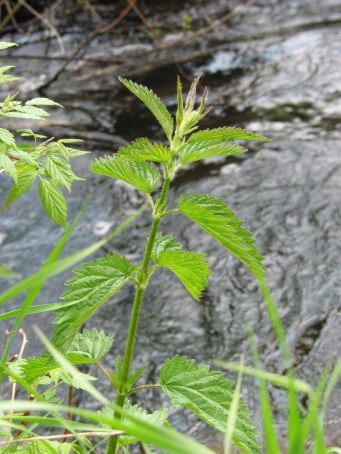 |
During the day we attempted to identify virtually every plant, shrub,
tree and vine that we passed. We also paid particular attention to
those that were either edible or poisonous.
This is stinging nettle, edible once it is cooked. For more info
on Edible wild plants, please visit the
Wildwood Survival website,
Wilderness Survival - Edible Plants section.
|
|
|
|
|
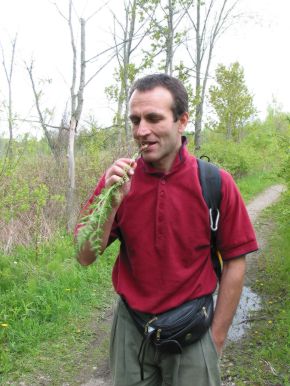
|
Fortunately we had Plamen along with us, who was game
to try just about anything that we identified as edible. He was
still alive by the end of the day, so we knew we had done a good
job!! :)
Here he is munching on a wild carrot root. This was
just after he had swallowed a grub hidden in a goldenrod gall.
|
|
|
|
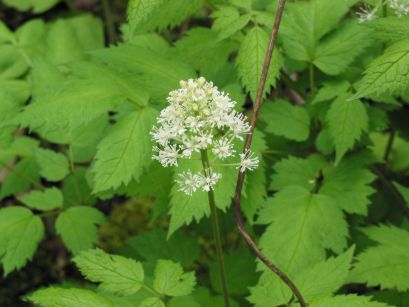 |
A very poisonous plant: Baneberry.
We didn't let Plamen sample this one!
For more info on Poisonous wild plants, please visit the
Wildwood Survival website,
Wilderness Survival - Poisonous Plants section. |
|
|
|
|
Some of us paused for a few reflective and meditative moments
by this flooded area of the forest,
with numerous Ostrich Ferns growing in
the water.
|
|
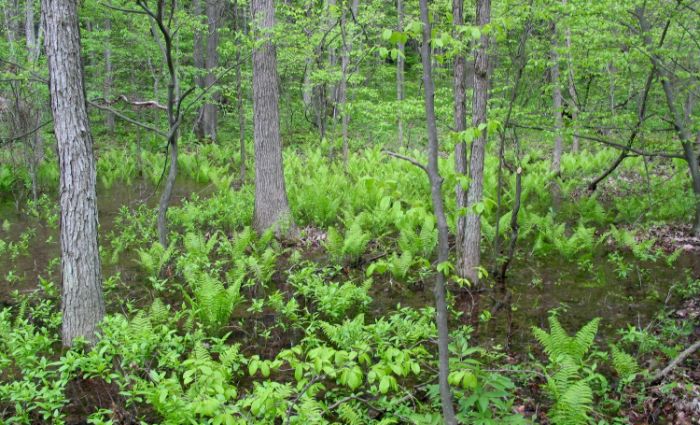
|
|
|

|
A discussion along the trail.
|
|
|
|
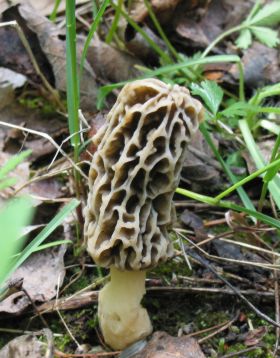 |
We also looked for edible fungi and mushrooms. We found this lone
Morel, an eminently edible mushroom.
|
|
|
|
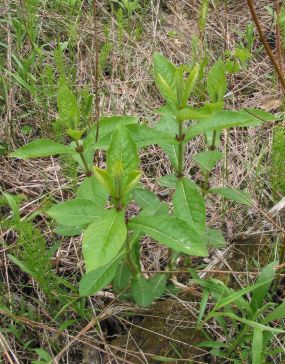
|
From the common dandelion to the more obscure plants,
we tried to ID them all.
Here is a more obscure plant known as Orange-fruited
Horse Gentian.
|
|
|
|
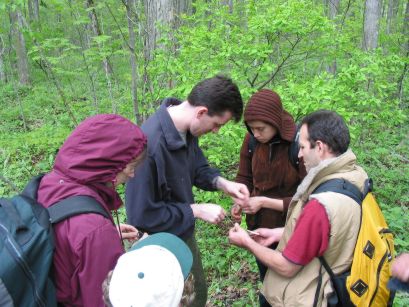 |
When we paused to get to know the Leatherwood shrub, Brian gave the
group an impromptu cordage lesson.
There's more info about cordage on the
Wildwood Survival website: Wilderness Survival - Cordage
section.
|
|
|
|
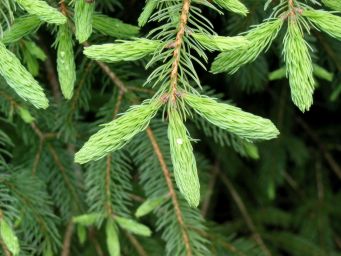
|
White Spruce needles make a great tea.
Be sure to boil the water first, remove it from the
heat, and only then add the needles.
|
|
|
|
|
There's more info about tree identification on the
Leatherwood
Trail website, in the Trees and Shrubs section.
All participants said they had a great day and learned a
lot. Thanks very much to everyone who came out and made this day a
success!!
|
|
|
|
Here is a list of what we
identified during the day: |
Plants:
- mayapple
- toothwort
- wild ginger
- sarsaparilla
- blue violet
- yellow violet
- white violet
- zigzag goldenrod
- goldenrod
- virginia waterleaf
- white trillium
- red trillium
- dandelion
- early meadow rue
- burdock
- stinging nettle
- bloodroot
- rattlesnake fern
- sweet cicely
- baneberry
- starry solomon seal
- wild leek
- garlic mustard
- jack-in-the-pulpit
- teasel
- iris
- cattail
- blue cohosh
- small-flowered leafcup
- mitrewort
- columbine
- maidenhair fern
- ostrich fern
- christmas fern
- sensitive fern
- coltsfoot
- marsh marigold
- wild carrot
- jewelweed
- horsetail
- strawberry
- yarrow
- sharp-lobed hepatica
- orange-fruited horse gentian
- beech drops
- dogbane
- bracken fern
- large-leaved aster
|
Trees, shrubs, vines:
- basswood
- white ash
- black ash
- beech
- hemlock
- balsam fir
- white pine
- scots pine
- sugar maple
- ironwood
- blue beech
- willow
- balsam poplar
- trembling aspen
- staghorn sumac
- pagoda dogwood
- silver maple
- bitternut
- white birch
- speckled alder
- white spruce
- round-leaved dogwood
- hawthorn
- nannyberry
- common buckthorn
- running strawberry bush
- poison ivy
- leatherwood
- red elderberry
- grape
|
Birds:
- rose-breasted grosbeak
- great crested flycatcher
- yellow warbler
- cowbird
- cardinal
- ovenbird
- red-winged blackbird
- swamp sparrow
- song sparrow
- common yellowthroat
- crow
- goldfinch
- ruffed grouse
- black-throated blue warbler
- hairy woodpecker
- downy woodpecker
- red-eyed vireo
- blue jay
- wood thrush
- peewee
- white-throated sparrow
- baltimore oriole
- veery
|
|
|
|
| |